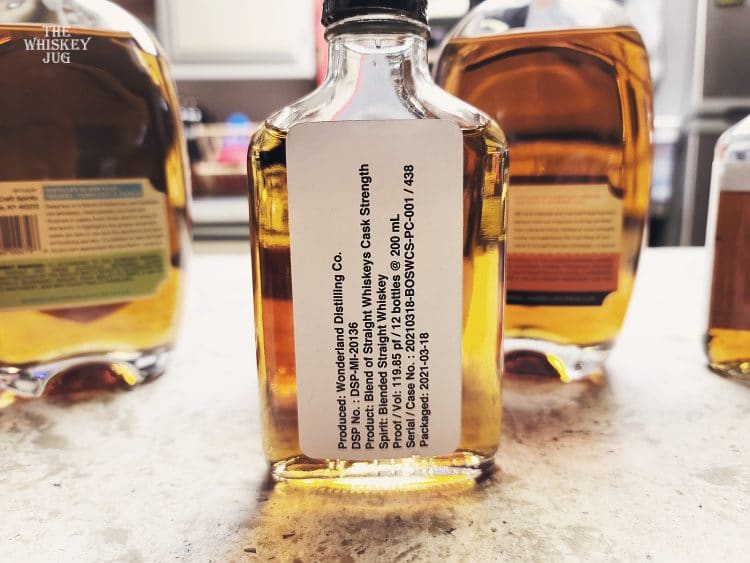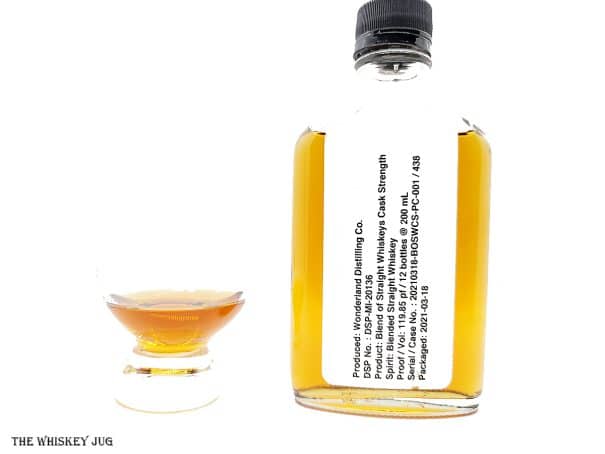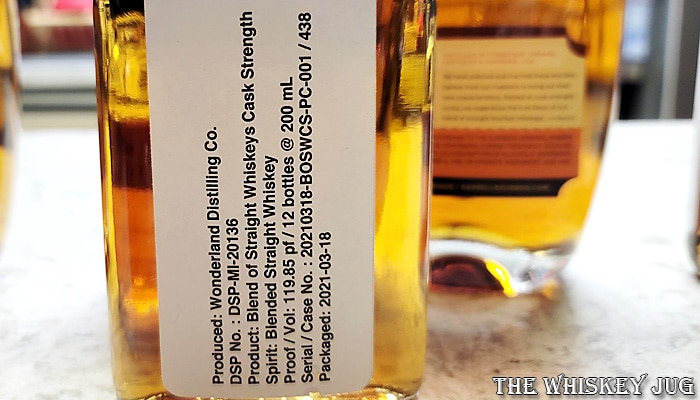Have you thought about your top affordable rye whiskeys? This week Jim and I give you our top four affordable rye whiskies. But before I get into those four, let’s dive into what makes a rye and the history of it.
The Bourbon Road Media Player
Press play above to listen to this episode
In the United States, rye whiskey is, by law, made from a mash of at least 51 percent rye. The other ingredients in the mash are usually corn and malted barley. It is distilled to no more than 160 U.S. proof and aged in charred, new oak barrels. The whiskey must be put in the barrels at no more than 125 proof. Rye whiskey that has been aged for at least two years and has not been blended with other spirits may be further designated as straight, as in “straight rye whiskey”.
The history of rye whiskey was historically the prevalent whiskey in the northeastern United States, especially Pennsylvania and Maryland. Scotch-Irish immigrants settled in this region. Both Scotch and Irish whiskey are made using primarily barley, but barley didn’t adapt well to the new climate of North America, so those immigrants adapted and planted rye. Pittsburgh, Pennsylvania, was the center of rye whiskey production in the late 1700s and early 1800s as you have heard in several of our episodes. If you remember from our Wigle Episode, by 1808 Allegheny County, Pennsylvania farmers were selling one half barrel for each man, woman and child in the country.
Even before Pennsylvania and Maryland there was rye whiskey being made by German immigrants in Massachusetts in the 1640s. Yes that’s right, distillation of rye actually came to the United States by way of Germany. This makes total since, as many distillery’s in American can trace their roots back to German heritage rather than Scotch or Irish. Germany also has a rich history with the production of rye and is the leading country in rye grain production even today. Hey wait a minute, I seem to remember that Phillip Wigle was of German decent. Good thing George Washington didn’t hang him for treason as part of the whiskey rebellion.
In 1810, Kentucky made 2.2 million gallons of bourbon while Pennsylvania made 6.5 million gallons of rye. In the 1800s, people were mixing cocktails and lots of them. The Manhattan, Old Fashioned, and Sazerac all used rye as their base alcohol and all were extremely popular. Rye whiskey largely disappeared after Prohibition though. A few brands, such as Old Overholt, survived, although by the late 1960s former Pennsylvania brands like Old Overholt were being distilled mostly in Kentucky due to higher taxes from the rye region of the United States. So what happened to this somewhat American Whiskey?
There was prohibition, and to add to the pain of prohibition, there were also two world wars and the great depression. The northern states had started to drink Canadian Whiskey which is primarily made from Rye. Kentucky Distilleries focused on blended whiskies and bourbon. Just think that in the 70’s Wild Turkey would only distill rye whiskey for one day of the year as told by the great Master Distiller Jimmy Russel. A new generation of drinkers had shifted to wine, beer and spirits like vodka and Tequila and just like that rye whiskey almost disappeared as a style of whiskey in the United States. That is until the rise of bourbon in past few decades causing there to be an interest in rye whiskies as well.
Rye whiskey can develop greater complexity faster than bourbon which has also helped craft distilleries release expressions to whiskey consumers. Even the giants of the bourbon industry have paid attention and all have a rye as one of their expressions. Now many enjoy this fine spirit that goes great in almost any cocktail, well maybe not breakfast cocktails as Jim and discuss on this week’s episode. The four ryes we picked as you can see in the photo can all be purchased for under $30. One has a 95% rye 5% malted barley mash bill and how could we not have Old Overholt Bottled in Bond as one of our picks. When you can pick up four great whiskies for less than $100 we call that a win.
With that grab a glass, a bottle of your favorite rye whiskey as Jim and I take you on a trip down The Bourbon Road exploring our top affordable Rye Whiskeys under $30. Cheers
Mike (Big Chief)
The post Top Affordable Rye Whiskeys appeared first on The Bourbon Road.



